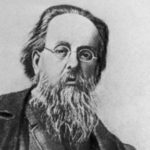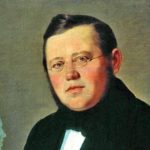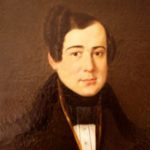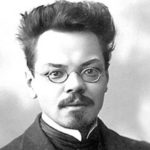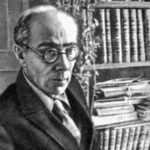Interesting facts about Mikhail Lomonosov
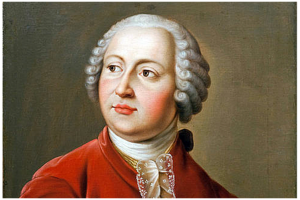 The scientist Mikhail Lomonosov, made a contribution to the development of science that cannot be overestimated. Descended from an ordinary family, he was not able to get a decent education, which did not prevent him from becoming one of the greatest minds of not only Russia, but the whole world.
The scientist Mikhail Lomonosov, made a contribution to the development of science that cannot be overestimated. Descended from an ordinary family, he was not able to get a decent education, which did not prevent him from becoming one of the greatest minds of not only Russia, but the whole world.
Born in a fishing village, young Lomonosov, at the age of 10, began to go out to sea for fishing with adult men and help them as much as he could.
When young Lomonosov learned that his father intended to marry him, he immediately fled to Moscow, because he was burning with passion for learning. The difficult journey took him three weeks. All he took with him were two books, Arithmetic and Grammar.
The future scholar wanted to study at the Moscow Slavic-Greek-Latin Academy, but only nobles accepted there. Then Mikhail Lomonosov forged documents and pretended to be a nobleman’s son.
From 25 to 30 years Lomonosov studied abroad, mastering the exact sciences and applied professions.
The corpuscle-kinetic theory of heat of Lomonosov for a good hundred years ahead of its time. He already realized then that all matter consists of molecules, and molecules – of atoms.
It was he who for the first time in Russia was able to produce colored glass. To achieve success, it took more than 4 thousand experiments.
Lomonosov discovered the existence of the atmosphere on Venus.
One evening a scientist was attacked by three sailors. Being a physically very strong man, he pushed one of them to the ground, and the remaining two fled. The defeated enemy admitted that he and his comrades had intended to rob Lomonosov. The indignant scientist, in retaliation, took the sailor’s clothes, saying that then he would rob him.
Michael’s friend, German scientist Georg Richmann, died tragically from a lightning strike during one of their joint experiments.
For her, in honor of the ascension to the throne, Empress Elizabeth Lomonosov was awarded a prize of two thousand rubles, but at the time there were only small copper coins in the treasury. To pick up his reward, the scientist had to equip two wagons, on which he took away the bags of coins.
During his lifetime, Lomonosov created ten different optical devices that had no analogues earlier.


